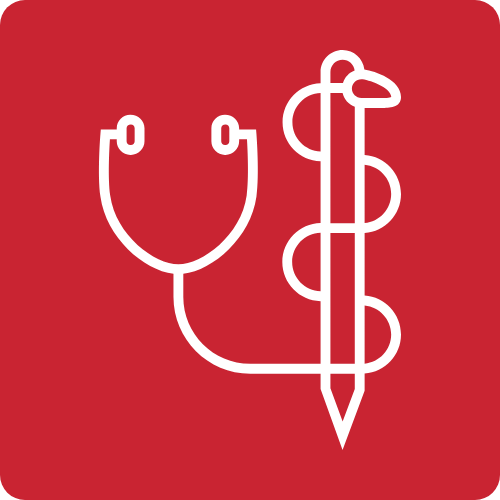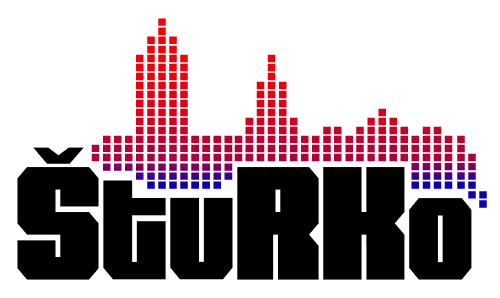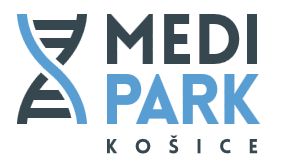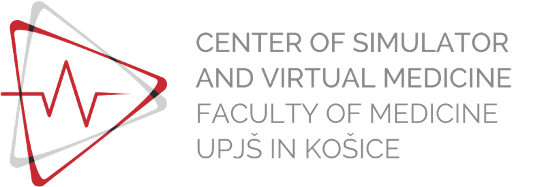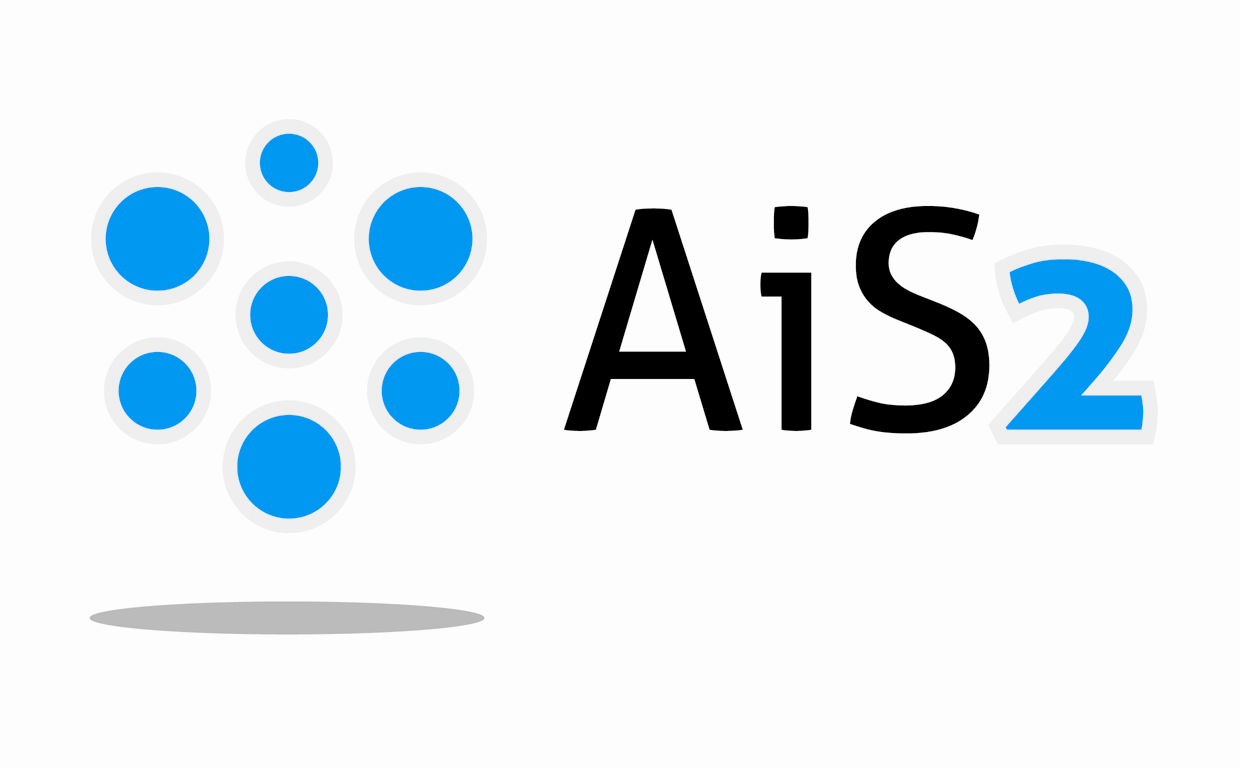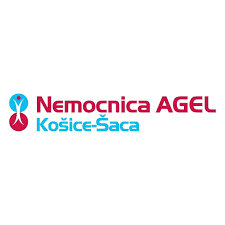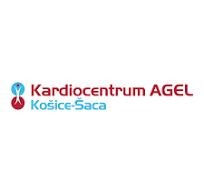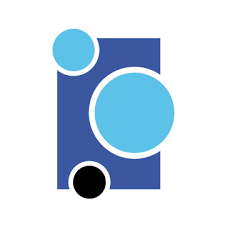The history of Department of Medical Informatics and Simulator Medicine began in 1990 by establishment of first computer classroom equipped with ten AT 286 personal computers and ten needle printers. It was a top-level classroom at that time. Furthermore, it was one of the most modern classrooms not only at the university but also in Slovakia at that time.
Great interest of students and employees of the faculty in working with computers led to creation of Department of Medical Informatics. The newly created department had 7 workers that were moved from the Dean’s office. Five of them were high school educated and two were with secondary school education. Dr. Michal Danilák was deputed to lead the department. Department guaranteed education of Informatics in the first study year for General and Dental medicine study programs. The Informatics was taught to the extent of 1 lecture and 3 exercises per week. The main aim of the department was to put into the practice the usage of computer techniques at all faculty workplaces as well as to support mathematical and statistical medical data processing together with its graphical presentation.
Two top-level devices were obtained at the department in 1992. It was a color printer and copying machine CANON CLC 10 connected with scanner and an exposure unit POLAROID CI-5000. The usage of new technologies has moved the presentations of faculty members to the professional levels. This was proved by many awards the works of our employees and students won at scientific events. The hardware equipment of computer classroom was gradually upgraded since 1994. New classroom with five 368 personal computers was created after the department was connected to the world wide network using phone line. This computer classroom was offered to employees and students to work with Internet services.
Department become a responsible unit to build and develop computer network within the Faculty of medicine in 1995. The meaningful results were acquired almost immediately as the departments in the complex at Trieda SNP 1 were connected to the international computer network using optics in 1996. During the next years the network was extended to all organizational units of the faculty. Nowadays, all departments and clinics are interconnected and use the services of the computer network.
The significant success in gaining out of budged financial resources was obtained at the end of 1997 when the department has convinced the commission of Open Society Fund in Bratislava in public competition Internal Medical Project that is able to offer qualified background for effective usage of Internet classroom. This classroom was opened to all students of medicine and clinicians since March 1998. Its two-shift operation has contributed to the migration of informatics into the clinical science as well as to the increase of computer literacy.
The more extensive reconstruction of the computer classroom was realized in academic year 1998/1999 because of implementation of hospital information systems. Major financial budged was obtained from companies STAPRO Slovensko s.r.o., OLIVETY, ELFA a GiTy Slovensko a.s.
Since 1.7.2002, according to the decision of faculty management, the organizational units of the dean’s office Video Centre and the Photo Laboratory were connected to the department. The activities of the department were extended to the photo, video and multimedia services realized mostly with the aim to support education processes.
After 2006, the efforts of the department were concentrated on creation of qualitative better technological background for students and employees of the faculty as well as on increasing of number of guaranteed services. The 5,4GHz Wi-Fi network was built in 2007 and allowed people to use university services also at home. The active participation in the MEFANET network brought multimedia and e-learning services to support distance education forms in 2008. Since 2009, the teaching of human anatomy can be presented using 3D virtual projection system implemented in lecture room P2. All lecture rooms were equipped by multimedia technique. At the same time the computer network of the faculty was reconstructed and new optical and active computer network components ensured at least 1Gb connectivity. Videoconferencing services were supported by new HW and SW equipment including Polycom HDX9000 series unit.
Thanks to the projects of structural founds the access to the Eduroam network was created in all faculties’ lecture rooms in 2010. Department’s classrooms were also completely reconstructed by 2012. New mobile classroom with 14 laptops and projection technique was bought as well as new computer techniques in classrooms 2III4 (12+1 workstations), 2III5 (20+1 workstations), 2III8 (13+1 workstations) and 2III9 (12+1 workstations).
The online assessment tool Rogo was implemented at the faculty in 2016 with the aim to offer objective assessment of students’ knowledge. Thanks to the Erasmus+ project CROESUS, the platform to simulate and create virtual patients was accessed to the staff of the faculty in the same year. Also, the new HD system Huawei RP200 was implemented to support videoconferencing services at the faculty. The capacity of the classroom 2III8 was increased to 15+1 workstations in 2017. A WiFi network Rogo was built up to improve e-assessment system including implementation of 200 tablets to test students’ knowledge. The quality of education was supported by creating of a system to share electronic case reports for students and for teachers. In 2018, the capacity of the classroom 2III4 was increased to 15+1 workstations and the capacity of the classroom 2III8 was increased to 16+1 workstations. The SpAulaWeb application has been developed for teachers and students to allow them checking of their presence in the lecture halls of the faculty. In 2019, the Wi-Fi network for employees and students was upgraded to 56 access points, and an electronic knowledge testing facility was supported by the purchase of additional 100 tablets.
The year 2020 marked by the COVID-19 pandemic brought the strengthening of the hardware and software equipment needed to ensure distance learning. The capacity of the 2III9 computer room has been increased to 14 + 1 workstations. In 2021, the SpAula system was replaced by the PSAula system with integrated functions of an access system and a lecture attendance control system. In 2022, the Centre of Simulator and Virtual Medicine was incorporated into the Department of Medical Informatics and the name of the department was changed to the Department of Medical Informatics and Simulator Medicine. The equipment of the Center of Simulator and Virtual Medicine was expanded by 4 SIMODONT dental simulators. In 2023, the Eduroam WiFi network was expanded to 66 access points. The possibilities of simulation based medical education were supplemented by one-year-old and five-year-old pediatric simulators. The replacement and updating of the server with teaching versions of the hospital information system and the laboratory information system was carried out in 2024. Advanced endoscopy simulator Simbionix with hysteroscopy, urology and transurethral resection of the prostate modules was also purchased in the same year.
The department tries to follow development in the area of information and communication technologies continuously and to apply them at the faculty according to the financial resources and personal constitution.
Since its establishment the department was led by:
- 1991 – 1994 RNDr. Michal Danilák
- 1994 – 2000 RNDr. Jozefína Petrovičová
- 2000 – 2005 Ing. Anton Červeňák
- 2005 – 2006 RNDr. Jozefína Petrovičová, PhD.
- 2006 – till now doc. Ing. Jaroslav Majerník, PhD.
At the present time, the Department of Medical Informatics and Simulator Medicine has 21 employees – 4 high school teachers, 1 researcher, 9 specialists with high school education and 7 technicians with secondary school education.
